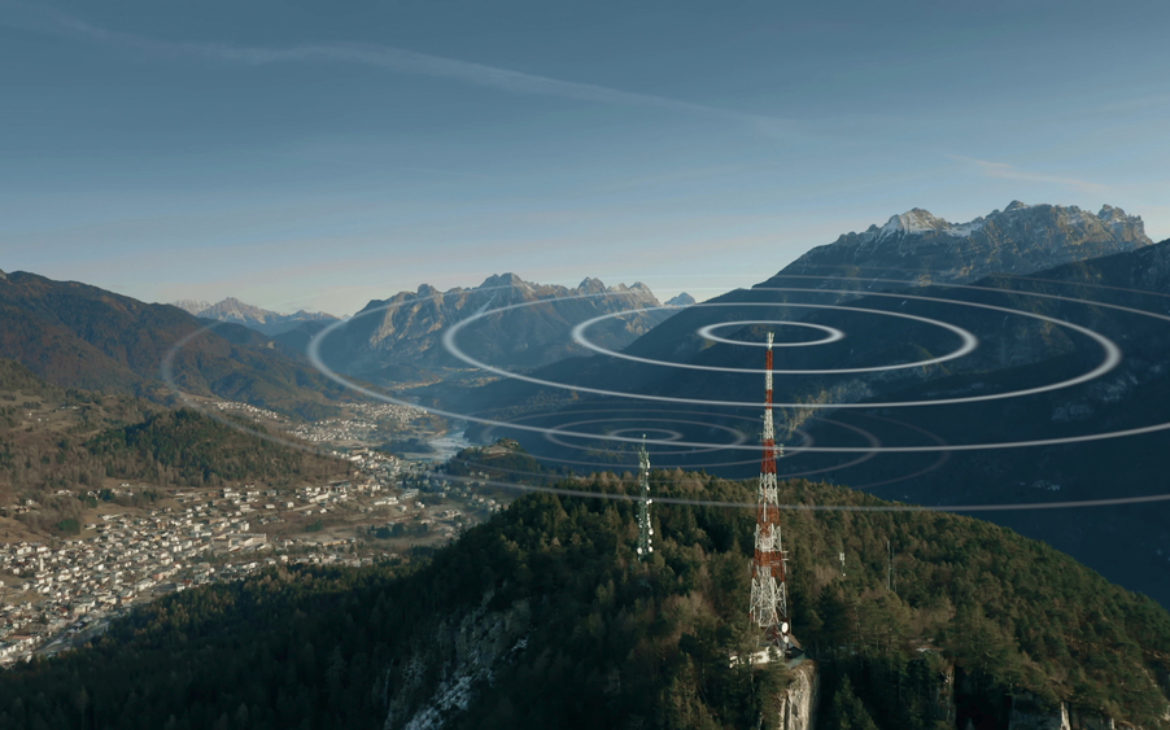In many regions, locating a genuine 5G signal can be a daunting task. Data from the Global System for Mobile Communications (GSMA) reveals that only three European countries – Switzerland, Greece, and Cyprus – enjoy 5G coverage exceeding 40%. An additional report from OpenSignal shows that UK mobile users connect to a dedicated 5G network merely 10% of the time, ranking the UK 39th out of 56 countries in terms of 5G availability. This scarcity of coverage primarily stems from geographical challenges and localized issues faced by telecom operators during their 5G network development efforts.
5G signals and distance
One of the fundamental promises of 5G is its extraordinary signal strength. At its peak, 5G boasts download speeds of approximately 10 gigabytes per second, significantly surpassing the capabilities of previous generations. However, 5G utilizes a distinct type of wave known as millimeter waves. Although these millimeter waves excel at carrying data quickly and efficiently, their range is notably limited. While 4G signals can travel roughly 10 miles (approx. 16 km), 5G signals can cover only a fraction of that distance.
The higher the frequency of millimeter waves, the greater the signal loss over distance. Consequently, many 5G implementations opt for weaker signals capable of covering longer distances. 5G’s most robust signals operate in higher frequency ranges, and several telecom operators, such as T-Mobile in the US, choose to deploy their networks in lower band frequencies, which offer greater range but less power.
Weather and geographical obstacles
Weather conditions and geographical barriers also pose significant challenges. Millimeter waves are highly susceptible to adverse weather conditions such as rain, dust, fog, and sand, which can obstruct and weaken 5G signals by physically impeding the passage of millimeter waves.
As millimeter waves travel from their source to their destination, they naturally undergo atmospheric absorption by oxygen and water. When combined with various weather effects, these signals can be diffracted and further attenuated.
Fog and clouds can exacerbate signal loss as atmospheric water density increases. Rain, in particular, presents a significant impediment to millimeter wave transmission, resulting in significant signal loss above 100 GHz. Consequently, higher-frequency millimeter wave signals are often considered unsuitable for outdoor communications.
Geographical obstacles, such as buildings, trees, and mountains, also disrupt these signals. When millimeter wave signals encounter solid surfaces like buildings, they scatter. On smooth surfaces, signals can be reflected, and when they strike sharp edges, waves scatter and disperse.
Local politics
Another factor complicating the construction of 5G infrastructure is the fact that it involves navigating complex political and bureaucratic processes. Obtaining planning permission stands out as a critical hurdle in these projects. Operators must submit applications to local authorities, which are subsequently scrutinized and opened up for public input. Denied planning permission applications frequently hinder 5G projects.
Despite the appearance of large telecom operators as immune to local political disputes, public commentary and protests can become points of failure for many 5G construction endeavors. Opposition to 5G spans a spectrum from peaceful protests to local political lobbying and, in some cases, even violence. The GSMA reports 221 arson attacks against 5G infrastructure in recent years, primarily in the UK and France. Furthermore, grassroots activism and petitions have effectively delayed or halted numerous 5G construction initiatives worldwide.
Many communities harbor legitimate concerns about the construction of towers near their residences, often citing inadequate information or potential impacts on their quality of life. However, conspiracy theories surrounding 5G, including claims of causing cancer, weakening the immune system, or being linked to the global pandemic, have complicated the deployment of new cell towers or base stations. These theories, though completely unfounded, tend to garner support from various committed groups.
In the realm of local politics, activism can be particularly influential, as it mobilizes communities against specific local planning projects, enabling direct lobbying of local politicians. These efforts can significantly impede or even halt the deployment of crucial 5G infrastructure, depleting construction funds.
For the average consumer, bureaucratic hurdles, planning issues, construction challenges, geographical barriers, and the sheer distance required to deliver a 5G signal may go unnoticed. Nevertheless, the presence of a 5G signal remains a key factor influencing consumer choices, and it is the ability of telecom operators to surmount these geographical obstacles that will ultimately determine the success or failure of their 5G networks.
